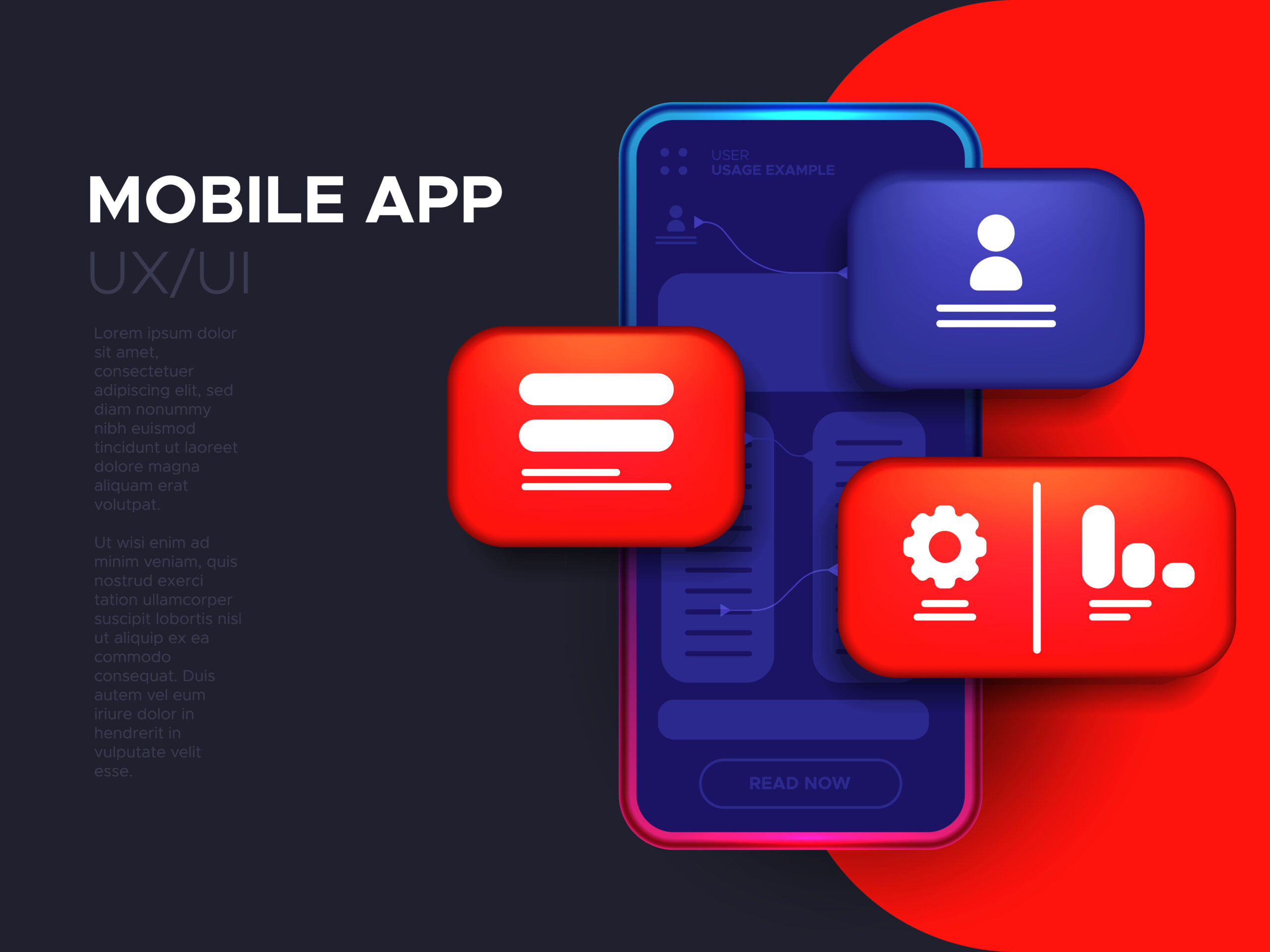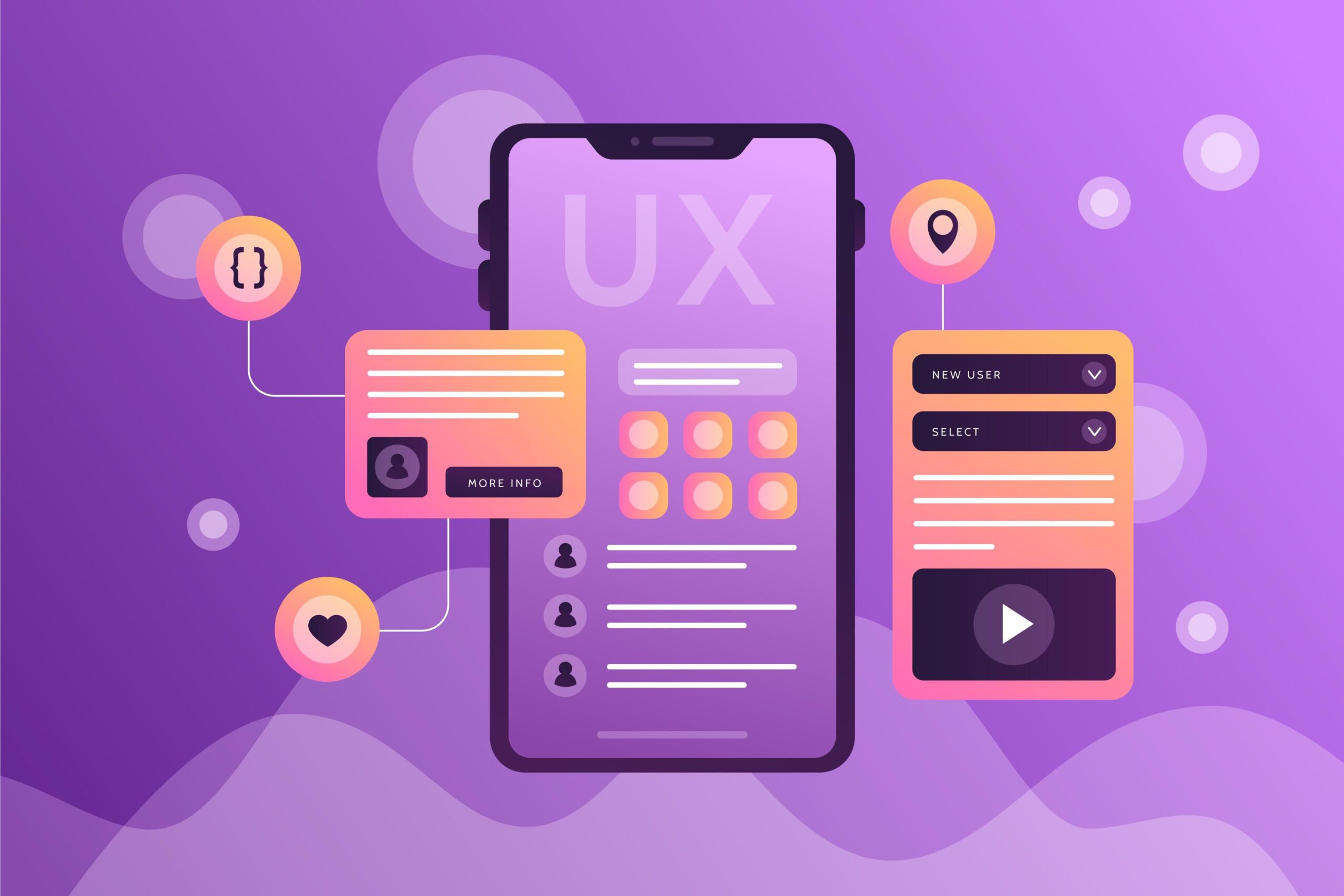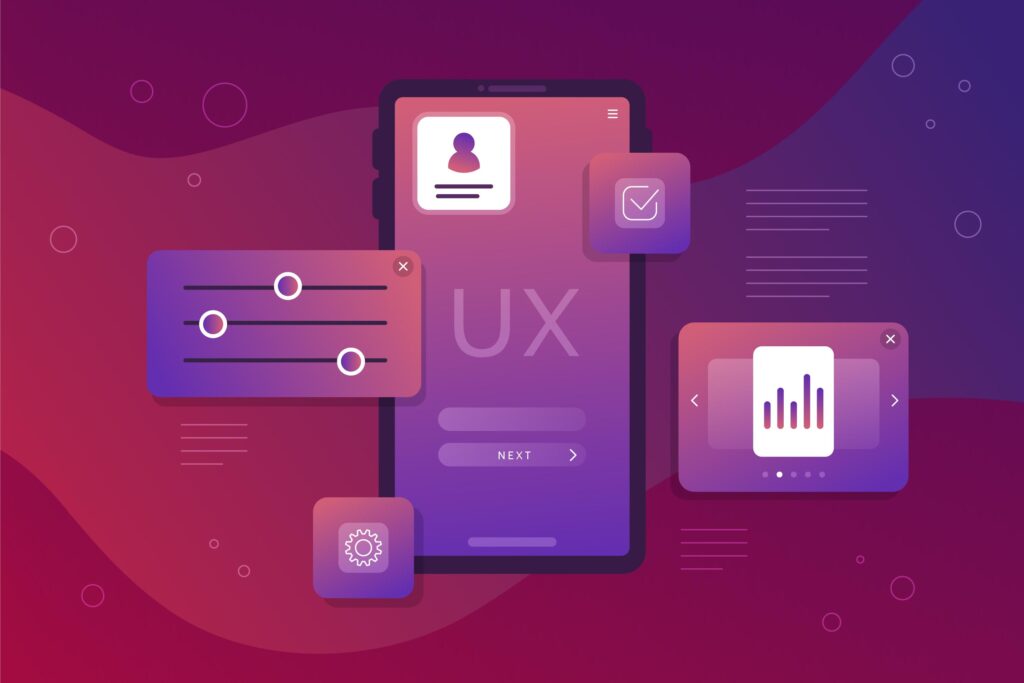Mobile app development has become an essential skill in today’s tech-driven world. If you’re a beginner looking to dive into app creation, Flutter is an excellent framework to get started. Developed by Google, Flutter enables developers to create high-performance, cross-platform applications with a single codebase. Whether you’re building an app for Android, iOS, or both, Flutter simplifies the process while delivering stunning results.
This guide will walk you through the steps of building your first mobile app with Flutter, helping you set up your environment, design your app, and bring your ideas to life.
Why Choose Flutter?
Before we jump into the development process, let’s explore why Flutter is an ideal choice for beginners and professionals alike:
- Cross-Platform Development: Write once, deploy everywhere. Flutter allows you to build apps for multiple platforms without the need for separate codebases.
- Rich UI Components: Flutter comes with pre-designed widgets that make it easy to create beautiful user interfaces.
- Hot Reload: This feature allows developers to see changes in real-time, speeding up the development process.
- Strong Community Support: With an active developer community and extensive documentation, learning Flutter is easier than ever.
Step 1: Setting Up Your Development Environment
The first step in building your app is setting up the development environment. Here’s what you need to do:
- Download and Install Flutter
- Visit the official Flutter website and download the Flutter SDK for your operating system.
- Choose an IDE
- Popular Integrated Development Environments (IDEs) for Flutter include Visual Studio Code and Android Studio. These provide tools to write, test, and debug your app efficiently.
- Install a Mobile Emulator
- Use an Android emulator or iOS simulator to test your app. Alternatively, you can connect a physical device to your computer.
- Verify Installation
- Run the
flutter doctorcommand in your terminal to check if all necessary components are installed.
- Run the
Setting up your environment correctly is crucial to ensure a smooth development experience.
Step 2: Create Your First Flutter Project
Once your environment is set up, create a new Flutter project. This is the starting point for your app development journey. By using Flutter’s project creation tools, you’ll get a basic template to work with. This template includes essential files and a directory structure to organize your app effectively.
Understand the key components of your Flutter project:
- lib folder: Contains the main code files for your app.
- pubspec.yaml: Manages dependencies and assets for your project.
- android and ios folders: Platform-specific configurations.
Step 3: Design the App’s User Interface
Flutter uses widgets as building blocks for designing apps. These widgets allow you to create intuitive and visually appealing user interfaces. Flutter offers a variety of customizable widgets for layouts, buttons, text, and images.
When designing your app, keep these tips in mind:
- Keep It Simple: Start with a basic UI to avoid feeling overwhelmed.
- Focus on Usability: Ensure your app is easy to navigate and visually appealing.
- Use Themes: Flutter allows you to create consistent styles across your app with themes.


Step 4: Add Features and Functionality
Once your UI is in place, focus on adding features to make your app functional. Flutter’s extensive library of plugins and packages simplifies this process.
For example, if you want to:
- Fetch data from an API: Use HTTP or other networking libraries.
- Store data locally: Integrate databases like SQLite or shared preferences.
- Add interactivity: Include buttons, forms, or sliders to engage users.
Plan your app’s functionality step by step, starting with core features before moving on to advanced ones.
Step 5: Test and Debug Your App
Testing is a vital part of app development. Flutter provides tools to help you identify and fix errors efficiently. During testing:
- Ensure your app performs well on both Android and iOS devices.
- Test different screen sizes and resolutions to check for responsiveness.
- Use Flutter’s built-in debugging tools to resolve any issues.
Regular testing ensures a smoother user experience and reduces bugs before deployment.
Keywords: Flutter app testing, debugging in Flutter, mobile app quality assurance
Step 6: Publish Your App
Once your app is complete and thoroughly tested, it’s time to publish it. The process involves packaging your app for the respective platform:
- For Android, generate an APK or App Bundle and upload it to the Google Play Store.
- For iOS, create an IPA file and submit it to the Apple App Store.
Flutter’s documentation provides detailed instructions on how to prepare your app for release.
Tips for Building a Great Flutter App
- Start Small: Focus on creating a simple app before tackling complex projects.
- Leverage the Flutter Community: Join forums, participate in discussions, and learn from experienced developers.
- Stay Updated: Flutter is constantly evolving, so keep an eye on new releases and features.
- Experiment with Widgets: Explore different widgets to enhance your app’s design and functionality.
Conclusion
Building your first mobile app with Flutter is an exciting journey that opens up endless possibilities. From setting up your environment to designing the UI and adding functionality, Flutter simplifies the app development process while delivering exceptional results.
By following the steps in this guide, you’ll have a solid foundation to create more advanced apps and grow your skills as a developer. So, what are you waiting for? Start building your first app today and bring your ideas to life!

